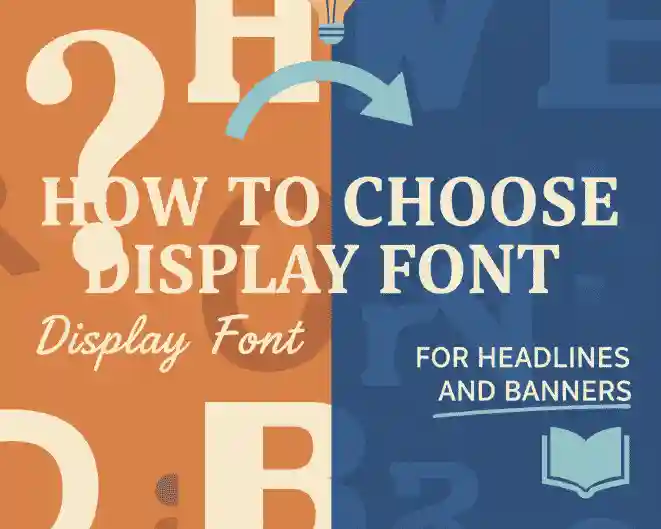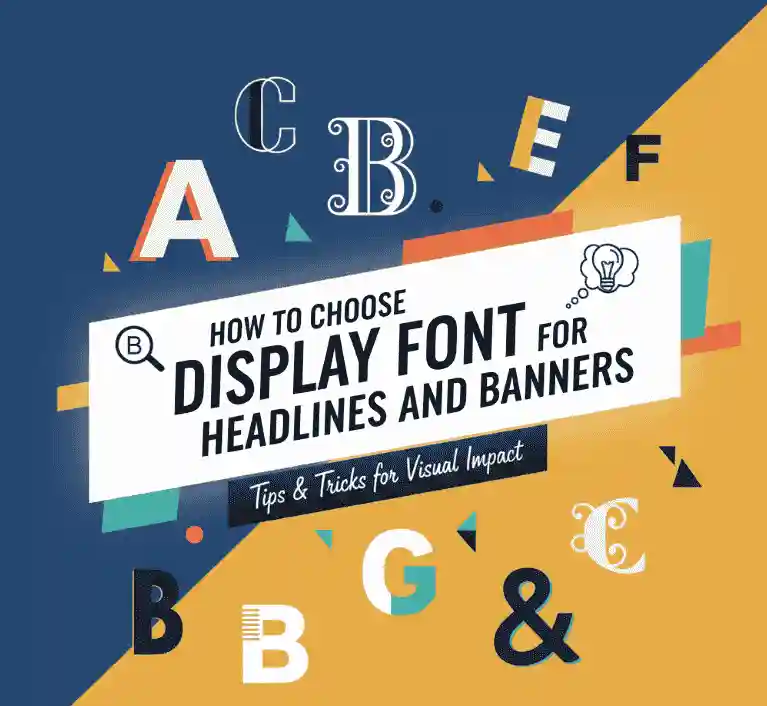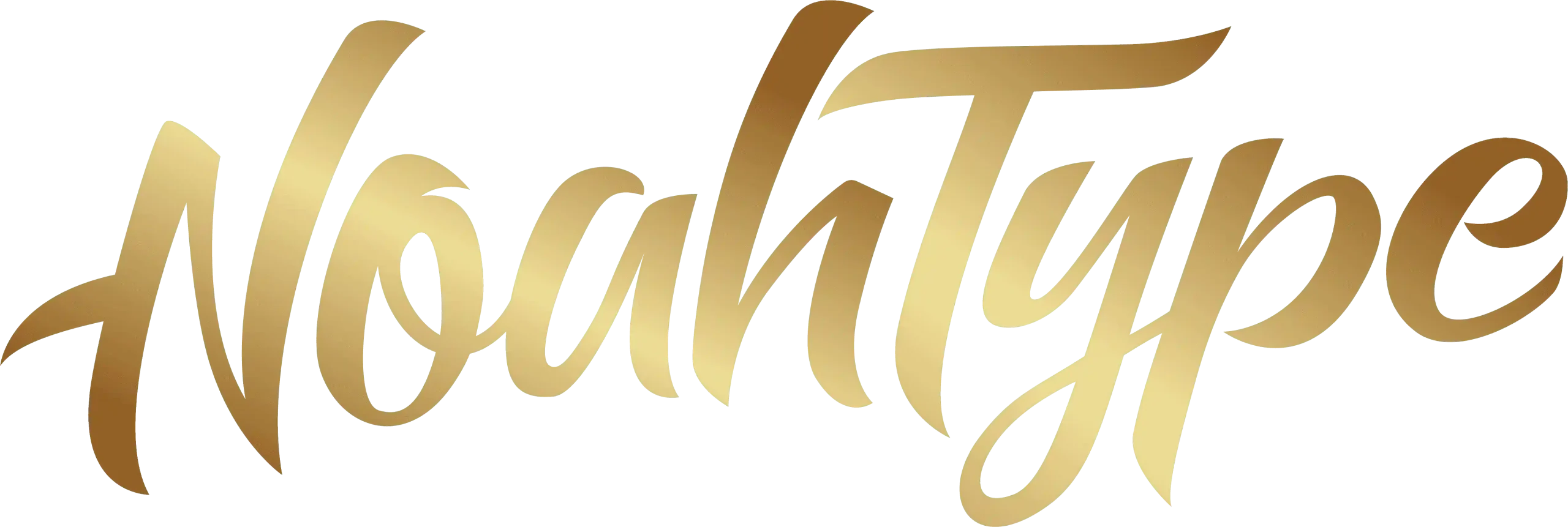How To Choose Display Font For Headlines And Banners
Table of Contents
- Introduction: Why the Right Display Font Matters
- What Is a Display Font?
- Understand Your Brand Voice & Visual Mood
- Legibility & Readability Are Key
- Size, Contrast & Weight: Finding the Right Balance
- Pairing Display Fonts with Supporting Typefaces
- Technical Considerations: Web, Print, File Formats
- Testing & Iterating: Real-World Trials
- Showcase: Related Fonts from NoahType
- Conclusion & Action Steps

1. Introduction: Why the Right Display Font Matters
In today’s digital world, your headline or banner is the first impression your audience sees. The right display font can instantly communicate professionalism, style, and emotion. A poorly chosen one, however, can look unprofessional or make your message unclear.
This is why choosing the right display font is essential — it affects both design aesthetics and user experience.
2. What Is a Display Font?
A display font is a typeface specifically designed for large sizes: headlines, banners, posters, and hero sections. Unlike body text fonts, display fonts are more decorative, expressive, and eye-catching.
👉 Reference: Wikipedia – Display Typeface
3. Understand Your Brand Voice & Visual Mood
Every brand has its own personality. Your display font should reinforce that mood:
- Elegant & luxurious brands → opt for script or serif display fonts.
- Creative & modern brands → bold brush or geometric styles.
- Playful or vintage brands → retro, hand-lettered, or textured fonts.
For example:
- Visualist Vintage Script Font is ideal for retro banners or vintage-inspired branding.
- Queen California Font Duo brings elegance and modern charm, perfect for luxury-inspired banners.

4. Legibility & Readability Are Key
While creativity is important, never sacrifice readability.
Tips for headline readability:
- Avoid overly ornate glyphs that distort letters.
- Check contrast between text and background.
- Ensure spacing doesn’t cause overlapping.
- Test on both desktop and mobile.
For example, Onsen Japan Brush Font combines bold brush strokes with clear legibility, making it strong for headlines.
5. Size, Contrast & Weight: Finding the Right Balance
- Use a clear size hierarchy → headlines should stand out but not overwhelm.
- Adjust letter spacing → especially at very large sizes.
- Mind stroke contrast → fonts with thin strokes may fade at smaller banner scales.
6. Pairing Display Fonts with Supporting Typefaces
Pairing is crucial — your display font must harmonize with body text.
- Decorative display fonts pair best with neutral sans serif body fonts.
- Modern brush fonts can pair with clean geometric sans serifs.
For example, Getway Font, a modern brush display font, pairs well with simple sans serifs for body text.
👉 Reference: Marker.io – Typography Best Practices
7. Technical Considerations: Web, Print, File Formats
- Use WOFF2/WOFF for web to optimize loading.
- Always preload display fonts in banners for faster rendering.
- Test print output if your banners are offline.
👉 Reference: Medium – Typography Guide
8. Testing & Iterating: Real-World Trials
Before finalizing:
- Test banners with your chosen display font on multiple devices.
- Collect user feedback on readability.
- Adjust size, weight, or spacing.
- Track bounce rates — sometimes fonts that look good in Figma don’t perform well live.

9. Showcase: Related Fonts from NoahType
Here are some NoahType fonts perfect for headlines and banners:
- Onsen Japan Brush Font → strong, brush style for impactful banners.
- Getway Font → modern brush with dynamic energy, great for bold statements.
- Visualist Vintage Script Font → retro, stylish, and decorative.
- Queen California Font Duo → versatile duo for luxury or wedding-style headlines.
10. Conclusion & Action Steps
Choosing a display font for banners and headlines is not just about beauty — it’s about clarity, emotion, and brand consistency.
Quick action checklist:
- Define your brand’s mood.
- Shortlist 2–3 NoahType display fonts.
- Create mockups with headlines and banners.
- Test for readability & performance.
- Publish with confidence.
By following these steps and exploring NoahType’s curated display fonts, your headlines and banners will not only capture attention but also strengthen your brand’s impact.
